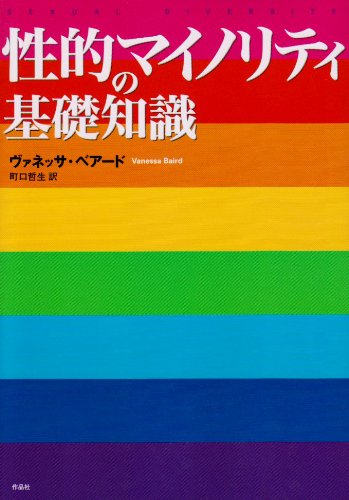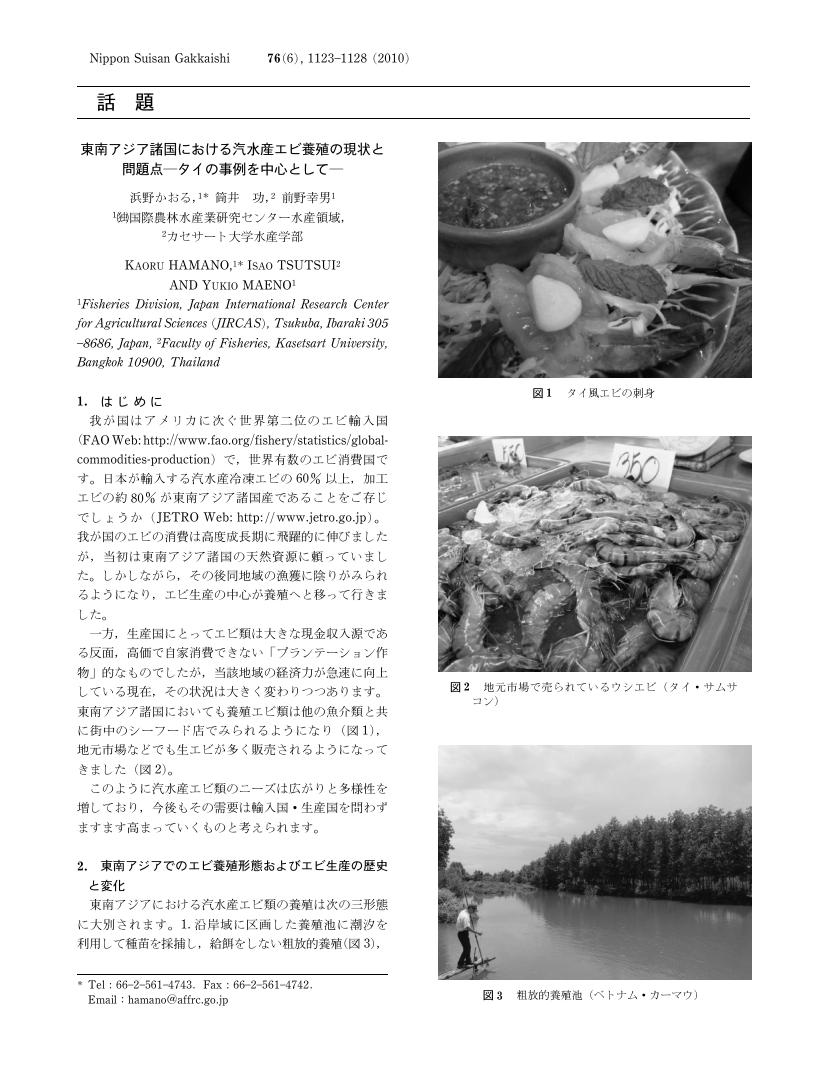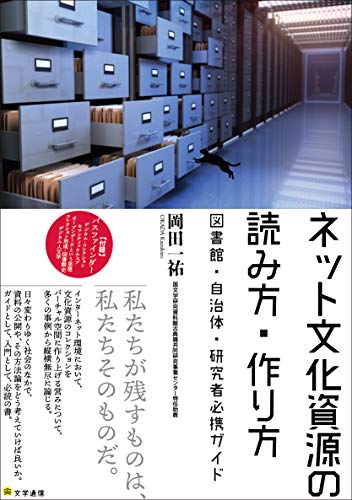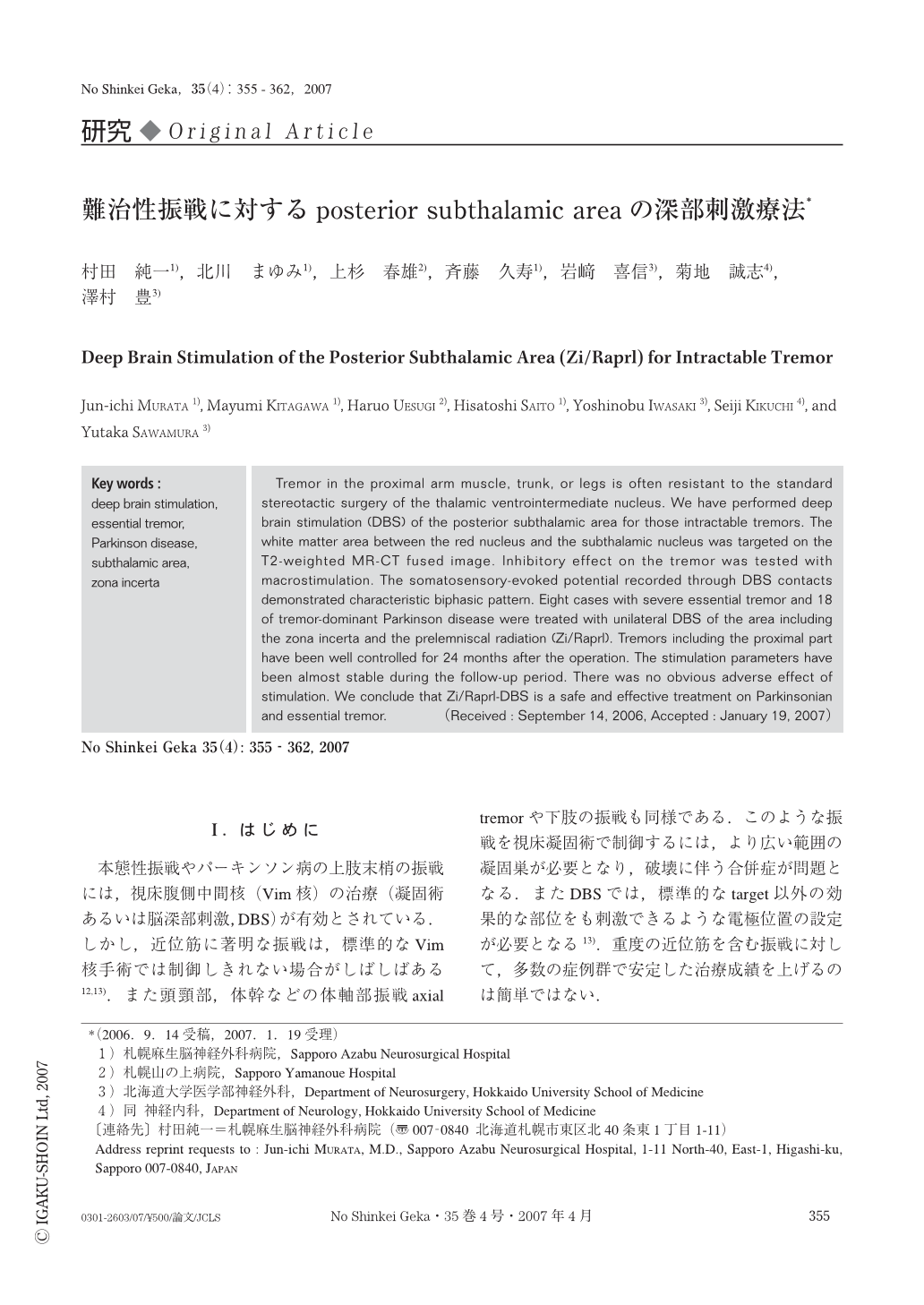6 0 0 0 性的マイノリティの基礎知識
- 著者
- ヴァネッサ・ベアード著 町口哲生訳
- 出版者
- 作品社
- 巻号頁・発行日
- 2005
6 0 0 0 OA ライプニッツの無限論と「連続体の迷宮」
- 著者
- 池田 真治
- 出版者
- 京都大学哲学論叢刊行会
- 雑誌
- 哲学論叢 (ISSN:0914143X)
- 巻号頁・発行日
- vol.31, pp.37-51, 2004-09-01
6 0 0 0 佐佐木高行日記群の全貌 : 宮内公文書館所蔵史料の検討
- 著者
- 齋藤 伸郎
- 出版者
- 吉川弘文館
- 雑誌
- 日本歴史 (ISSN:03869164)
- 巻号頁・発行日
- no.799, pp.37-55, 2014-12
6 0 0 0 同性愛の社会史 : イギリス・ルネサンス
- 著者
- アラン・ブレイ著 田口孝夫 山本雅男訳
- 出版者
- 彩流社
- 巻号頁・発行日
- 1993
- 著者
- 山田 妙韶
- 出版者
- 日本福祉大学社会福祉学部
- 雑誌
- 日本福祉大学社会福祉論集 = Journal social Welfare, Nihon Fukushi University (ISSN:1345174X)
- 巻号頁・発行日
- vol.137, pp.117-131, 2017-09-30
精神保健医療福祉施策が平成16 年に「精神保健医療福祉の改革ビジョン」が発表されて以降,「精神障害者退院促進支援事業」,「精神障害者地域移行・地域定着支援事業」,保護者制度廃止に伴う医療保護入院の見直しによる退院後生活環境相談員の設置など,精神障害者福祉の地域福祉化が進んでいる傾向にある. しかし,精神障害者の中には制度を利用できない人や利用を拒否する者もいる.例えば,精神症状が安定し退院許可が出ているにもかかわらず,再発を恐れて退院しようという決心がつかないまま入院を希望する者がいる.このような患者には,再発への恐怖に対する心理的ケアや再発の対処法・予防法を考えて支援する必要もあろう.つまり,精神保健福祉士(PSW)は,利用者の心理的問題を避けて通れない状況が増えることが予測されよう. 心理的問題の解決はカウンセリングがその専門である.カウンセリングは,言語的および非言語的コミュニケーションを通して,相手の行動の変容を援助する人間関係であり,相手が自らの力で解決する,あるいは解決できるように成長するのを援助することにある1)2)という定義が広く知られているだろう.しかし,近年,「福祉カウンセリング」,「カウンセリングとソーシャルワーク」という書籍やテーマによる論文がみられるように,社会福祉領域の相談援助とカウンセリングの共通性が意識されていると感じる. カウンセリング技法については,精神保健福祉相談援助のための方法として位置づけられている.一般的にいえばカウンセリング技法は,精神保健福祉相談援助ではすでに活用されているが,カウンセリング技法を意識的に活用しているという認識はPSW にはないようである.そのカウンセリングのなかでも近年,ナラティブ・アプローチが福祉や医療保健など幅広い領域で注目を浴びている.福祉や医療保健領域に限らず対人支援の専門職には活用価値のある技法との指摘もある. そこで,精神保健福祉相談援助におけるナラティブ・アプローチの有用性の実証を目指して,事例検討を通して考察することとする.
6 0 0 0 大宜味大工一代記 : 建設業界歩んで七十年
6 0 0 0 OA 列車前方映像を用いた踏切保安設備の保全および施工の効率化
- 著者
- 長峯 望
- 出版者
- 筑波大学 (University of Tsukuba)
- 巻号頁・発行日
- 2016
2015
6 0 0 0 OA 東南アジア諸国における汽水産エビ養殖の現状と問題点—タイの事例を中心として—
- 著者
- 浜野 かおる 筒井 功 前野 幸男
- 出版者
- 公益社団法人 日本水産学会
- 雑誌
- 日本水産学会誌 (ISSN:00215392)
- 巻号頁・発行日
- vol.76, no.6, pp.1123-1128, 2010 (Released:2011-01-31)
- 参考文献数
- 23
6 0 0 0 OA ありのままの日本経済 : 1949年の経済白書
- 著者
- 経済安定本部情報部 編
- 出版者
- 北条書店
- 巻号頁・発行日
- 1949
6 0 0 0 OA 3. 片頭痛
- 著者
- 中島 健二 竹島 多賀夫
- 出版者
- 一般社団法人 日本臨床薬理学会
- 雑誌
- 臨床薬理 (ISSN:03881601)
- 巻号頁・発行日
- vol.36, no.6, pp.277-283, 2005-11-30 (Released:2010-06-28)
- 参考文献数
- 24
- 著者
- 村田 純一 北川 まゆみ 上杉 春雄 斉藤 久寿 岩㟢 喜信 菊地 誠志 澤村 豊
- 出版者
- 医学書院
- 雑誌
- Neurological Surgery 脳神経外科 (ISSN:03012603)
- 巻号頁・発行日
- vol.35, no.4, pp.355-362, 2007-04-10
Ⅰ.はじめに 本態性振戦やパーキンソン病の上肢末梢の振戦には,視床腹側中間核(Vim核)の治療(凝固術あるいは脳深部刺激,DBS)が有効とされている.しかし,近位筋に著明な振戦は,標準的なVim核手術では制御しきれない場合がしばしばある12,13).また頭頸部,体幹などの体軸部振戦axial tremorや下肢の振戦も同様である.このような振戦を視床凝固術で制御するには,より広い範囲の凝固巣が必要となり,破壊に伴う合併症が問題となる.またDBSでは,標準的なtarget以外の効果的な部位をも刺激できるような電極位置の設定が必要となる13).重度の近位筋を含む振戦に対して,多数の症例群で安定した治療成績を上げるのは簡単ではない. Posterior subthalamic areaは,古くから定位脳手術の有望なtargetとして認知されており,1960年から1970年代に術中電気刺激または凝固破壊で,近位筋を含む多様な振戦に著効を示した多くの報告がある2,10,20,21).しかし破壊に伴う合併症が問題となり広く普及するには至らず,代わって視床Vim核手術が標準的治療となっていった14).しかしながらDBSが普及した現在,この領域は十分安全に治療可能なtargetである.ここはSchaltenbrand and Wahrenのatlasでは,不確帯(zona incerta, Zi)とprelemniscal radiation(Ra.prl.)からなる(以下,Zi/Raprl). 筆者らは,Vim thalamotomyで遠位筋振戦は消失したが近位筋振戦が改善しなかった本態性振戦の症例で,Zi/RaprlのDBSが著効した例を経験した.その後,振戦を主徴とするパーキンソン病にも同治療を試み,振戦ばかりでなく固縮・寡動にも有効であったため,症例を重ねて長期的に持続する効果を得ている.本稿では,その治療手技および長期効果を報告したい.
6 0 0 0 名村五八郎と名村泰蔵
- 著者
- 石原 千里
- 出版者
- Historical Society of English Studies in Japan
- 雑誌
- 英学史研究 (ISSN:03869490)
- 巻号頁・発行日
- no.26, pp.85-101, 1993
The Tokugawas established the School Fuchu (Shizuoka) Gakumonjo in Suruga in the autumn of 1868 as their major undertaking after the debacle of the Shogunate. In straitened circumstances they found a gleam of light in educa-tion for their future.<BR>Gohachiro Namura was the head of the professors of English at this school. Unfortunately, however, we seldom come across his name as such in the litera-ture concerning the school. Instead, the name of Taizo Namura, who has nothing to do with the school, is often seen as a professor at the school. There are cases where Taizo's personal history is mistaken for Gohachiro's, or, vice versa.<BR>In this paper, the causes of this confusion are discussed, and personal his-tories of Gohachiro and Taizo are presented. Gohachiro was a son of Hachiemon Namura, a very able official Dutch interpreter at Nagasaki. Taizo is said to have become a stepson of Hachiemon. Both Gohachiro and Taizo learnd Dutch and worked as Dutch intepreters at Nagasaki in the beginning, and they learned English and other foreign languages in addition, which made them indispensa-ble persons for modernization of Japan.<BR>Gohachiro was one of the Japanese who studied and taught English earliest in Japan : he was one of the compilers of an English and Japanese dictionary, 1851-1854 (uncompleted), the second English and Japanese dictionary compiled in Japan. He was one of the interpreters when the Treaty of Peace and Amity was signed between the United States and Japan in 1854. He served as the chief interpreter of the first Japanese embassy to the United States in 1860, and also of the Japanese embassy to Russia in 1866.<BR>Taizo was known for his ability in French. He was appointed an interpreter for a group of French technical instructors and workers for the construction of an iron foundary in Yokohama in 1862. He went to France to work for an International Exhibition at Paris in 1867, which Japan took part in for the first time. After the Restoration of 1868 he was employed by the new government at Nagasaki, where he taught French at a language institute transmitted to the new government. He entered the Ministry of Foreign Affairs in Tokyo in 1869. He moved to the Ministry of Justice in 1872. He was appointed as an Acting President of the Supreme Court in 1892, and as a member of the House of Peers in 1894. One of his most important contribution was, perhaps, the introduction of French law into Japan, serving as an interpreter and assistant for a famous French professor in law, Dr. Gustave Emile Boissonade de Fontarabie (1825-1910).<BR>The confusion between Gohachiro and Taizo was originated in a simple mistake in a paper published in 1917, where the author wrote "Gohachiro (Taizo) Namura", in his judgement that Taizo must have been Gohachiro's later name. Then, another authour, in his book published in 1934, noted just "Taizo Namura" in the list of professors at the school. Because this book is one of the basic books in the field, the confusion has been handed down to many other authors.
6 0 0 0 IR ギフテッドの情緒社会面・行動面・感覚面における特別なニーズと対応
- 著者
- 松本 茉莉衣 是永 かな子
- 出版者
- 高知大学教育学部
- 雑誌
- 高知大学教育学部研究報告 = Bulletin of the Faculty of Education, Kochi University (ISSN:1346938X)
- 巻号頁・発行日
- no.75, pp.169-178, 2015-03
6 0 0 0 OA 清水港修築工事誌
- 著者
- 内務省横浜土木出張所 編
- 出版者
- 内務省横浜土木出張所
- 巻号頁・発行日
- vol.昭和13年6月, 1938
- 著者
- 陣内 雄次 Yuji JINNOUCHI
- 出版者
- 宇都宮大学教育学部
- 雑誌
- 宇都宮大学教育学部教育実践紀要 (ISSN:24333506)
- 巻号頁・発行日
- no.5号, pp.213-218, 2018-08
6 0 0 0 CIMを活用した橋梁上部工事における施工の効率化について
- 著者
- 若林 良幸 中村 定明 保田 敬一 平原 幸男 新枝 秀樹
- 出版者
- 公益社団法人土木学会
- 雑誌
- 令和元年度土木学会全国大会第74回年次学術講演会
- 巻号頁・発行日
- 2019-06-25
6 0 0 0 OA 家庭での省エネルギー行動に対する内発的動機付けの長期的な効果
- 著者
- 森 康浩 小林 翼 安保 芳久 大沼 進
- 出版者
- 日本社会心理学会
- 雑誌
- 社会心理学研究 (ISSN:09161503)
- 巻号頁・発行日
- vol.31, no.3, pp.160-171, 2016-03-18 (Released:2016-03-28)
- 参考文献数
- 42
- 被引用文献数
- 2
The purpose of this study is to investigate extrinsic and intrinsic motivation factors relating to long-term household energy-saving behaviors. Sixty-nine households from Asahikawa City, Japan, participated in a one-year energy-saving project, reporting monthly actual energy use of electricity, gas, and paraffin oil. Participating households also completed a questionnaire at the beginning, the half-way point, and upon completion of the one-year project. Results showed that intrinsic motivation such as enjoyment and interest impacted both self-reported and actual energy use. Moreover, intrinsic motivation at 6 months had an effect on behavior at one year. Meanwhile, extrinsic motivation, provided in the form of points, failed to impact behaviors, although extrinsic motivation at 6 months affected intrinsic motivation at one year. The role of extrinsic motivation as initial participation encouragement, and the effect of intrinsic motivations on long-term behavior are discussed.







